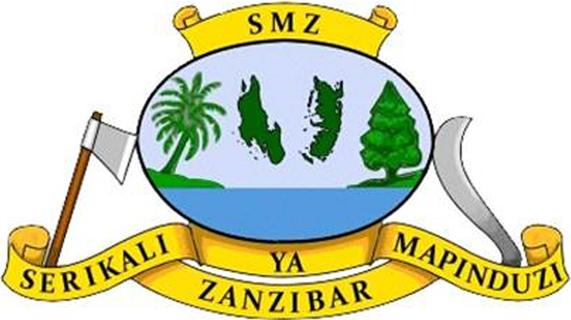All living things are made up of cells, which is the smallest unit that can be said to be alive. An organism may consist of one single cell (unicellular) or many different numbers and types of cells (multicellular).
Mitosis is how cells divide! Learn what happens in all the phases of mitosis: prophase, metaphase, anaphase, and telophase.
Binary fission, budding, mitosis, fragmentation, parthenogenesis and sexual reproduction.
Cellular respiration is the process by which cells derive energy from glucose. The chemical reaction for cellular respiration involves glucose and oxygen as inputs, and produces carbon dioxide, water, and energy (ATP) as outputs. There are three stages to cellular respiration: glycolysis, the Krebs cycle, and the electron transport chain.
Breaking down photosynthesis into light dependent reactions and Calvin cycle..
Osmosis is the movement of water across a semi-permeable membrane from an area of low solute concentration to an area of high solute concentration. Osmosis helps regulate the flow of water in and out of cells, which is crucial to their function.
Introduction to passive and active transport
Enzymes as catalysts for reactions in biological systems; discussion of substrates, active sites, induced fit, and activation energy.
Overview of animal and plant cells. Topics include cell walls, vacuoles, chloroplasts, peroxisomes, lysosomes, mitochondria, etc.
Introduction to the cell.


